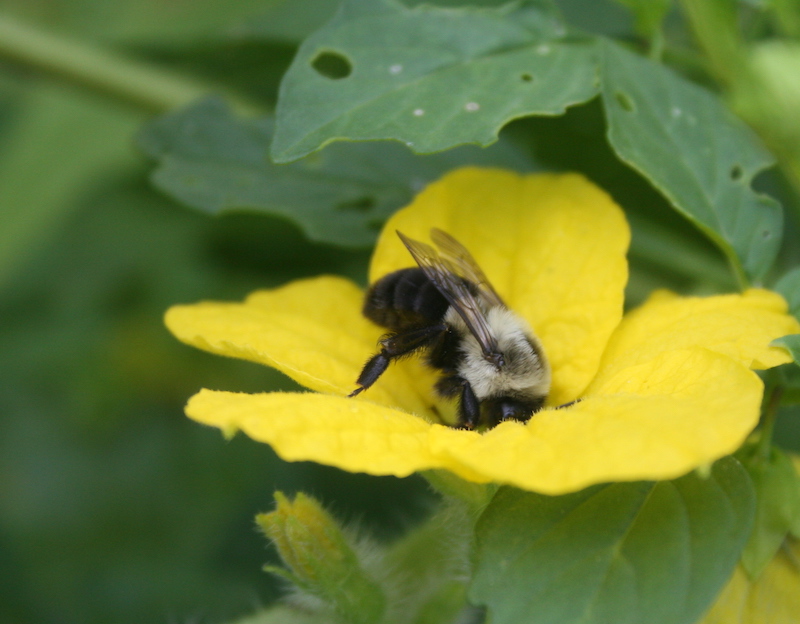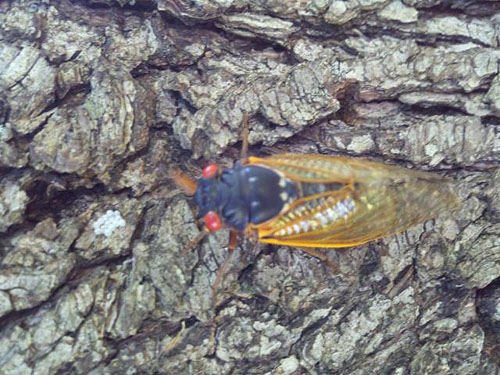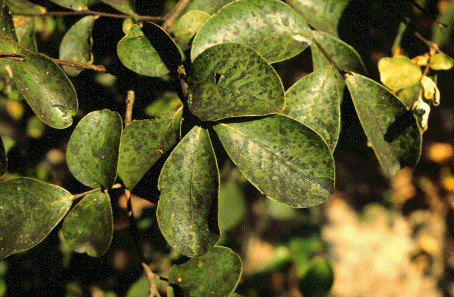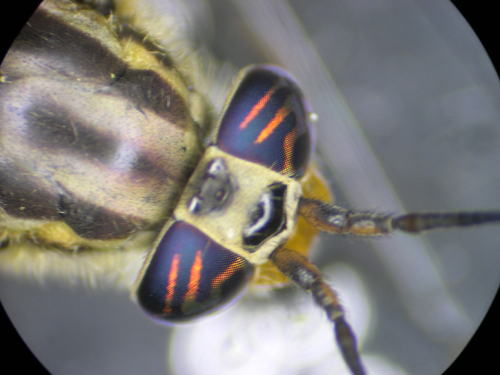The cicadas soon filling the north Georgia woods with "song" won't quite be old enough to vote in this year's elections. But after spending 17 years maturing underground, they'll be among the oldest living insects in the world.
The 17-year Magicicada is expected to appear in north Georgia in late April or early May. Nymphs emerge when the soil temperature inside the exit tunnel of the soil gets above 64 degrees Fahrenheit.
Adults emerge after 13 or 17 years underground
These cicadas are called "periodical" because they emerge only as adults after years underground. They're found in eastern North America. The seven species of the genus Magicicada include four with 13-year life cycles and three with 17-year cycles.
This year's "Brood X" population is the largest of the 17-year broods. Cicadas are expected to emerge in parts of 15 states from New York to Georgia to Illinois.
Generally, 17-year species are found in northern regions, while 13-year cicadas are mostly in the South and Midwest.
Wherever they emerge, you'll know it.
They create "the song of summer"
"The cicada chorus is known as the song of summer," said Nancy Hinkle, an entomology professor with the University of Georgia College of Agricultural and Environmental Sciences. "If you grew up in the South, you know what they sound like."
The males of this plant-sucking insect use acoustic signals or songs to attract females for mating.
They sing with a loud buzzing that goes on all day long. With populations that can reach up to 1.5 million cicadas per acre, the sound can be deafening.
They make the noise by vibrating two shell-like drums along the sides of the abdomen. Strong muscles vibrate the drum membranes several times per second.
The resulting high-pitched, rapid clicks are resonated through air sacs and other structures to control sound volume and quality. The upward angles of the wings form a megaphone-like chamber that further amplifies the sound.
Black bodies, red eyes and orange wings
Magicicada adults have black bodies. But they have striking red eyes and orange wing veins, with a black "W" near the tips of the forewings. Most emerge in May and June.
These insects are harmless to humans, Hinkle said. They're not poisonous. They aren't known to transmit disease, either.
The only harm a Magicicada may cause is to the trees it feeds on or lays eggs in. Laying eggs can damage the tree by breaking twigs. Larger trees usually withstand their presence.
The long life cycle ends shortly after the cicadas appear as adults.
After the females lay eggs in tree branches, the nymphs fall to the ground. They spend their whole lives in the soil, sucking plant roots for food.
After 17 years of developing, all the cicadas in an area emerge at the same time. "It's amazing how they know to simultaneously surface ... every 17 years," Hinkle said.
They live just four to six days
Newly emerged cicadas work their way into trees and spend four to six days as immature adults before they harden completely. They don't begin adult behavior until this maturing period is complete.
The adults live for only five to six weeks, Hinkle said. During this time, they search for mates and lay eggs.
"These insects are considered good luck in the Chinese culture because they signify long life and immortality," Hinkle said.








